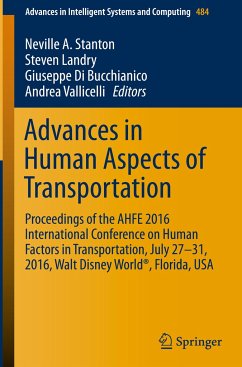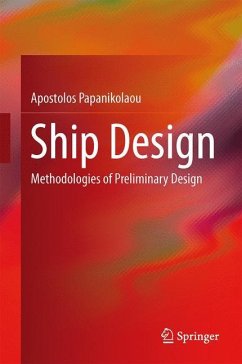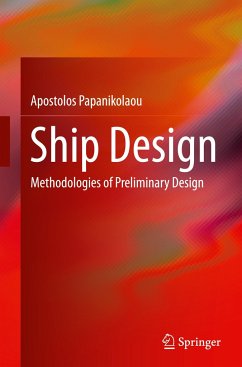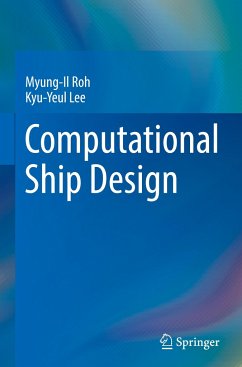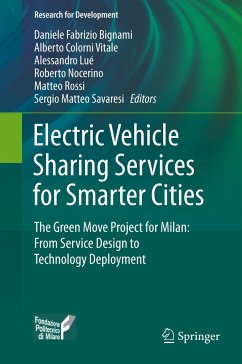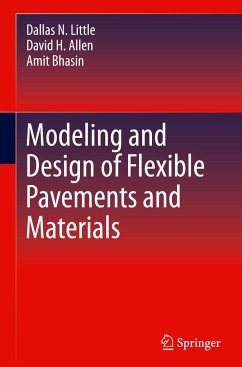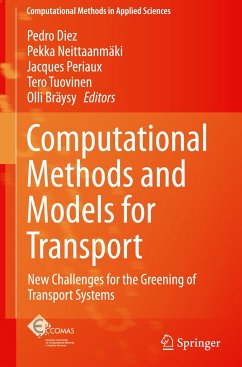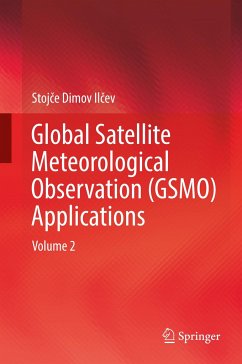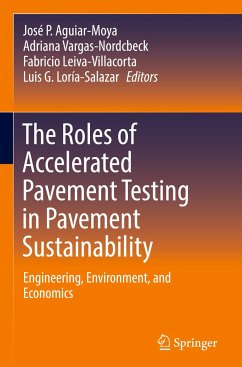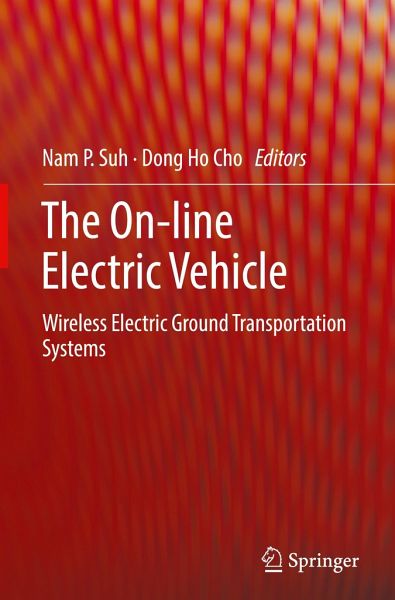
The On-line Electric Vehicle
Wireless Electric Ground Transportation Systems
Herausgegeben: Suh, Nam P.; Cho, Dong Ho

PAYBACK Punkte
57 °P sammeln!
This book details the design and technology of the on-line electric vehicle (OLEV) system and its enabling wireless power-transfer technology, the "shaped magnetic field in resonance" (SMFIR). The text shows how OLEV systems can achieve their three linked important goals:reduction of CO2 produced by ground transportation;improved energy efficiency of ground transportation; andcontribution to the amelioration or prevention of climate change and global warming.SMFIR provides power to the OLEV by wireless transmission from underground cables using an alternating magnetic field and the reader lear...
This book details the design and technology of the on-line electric vehicle (OLEV) system and its enabling wireless power-transfer technology, the "shaped magnetic field in resonance" (SMFIR). The text shows how OLEV systems can achieve their three linked important goals:
reduction of CO2 produced by ground transportation;improved energy efficiency of ground transportation; andcontribution to the amelioration or prevention of climate change and global warming.
SMFIR provides power to the OLEV by wireless transmission from underground cables using an alternating magnetic field and the reader learns how this is done. This cable network will in future be part of any local smart grid for energy supply and use thereby exploiting local and renewable energy generation to further its aims.
In addition to the technical details involved with design and realization of a fleet of vehicles combined with extensive subsurface charging infrastructure, practical issues such as those involved with pedestrian safety are considered. Furthermore, the benefits of reductions in harmful emissions without recourse to large banks of batteries are made apparent.
Importantly, the use of Professor Suh's axiomatic design paradigm enables such a complicated transportation system to be developed at reasonable cost and delivered on time. The book covers both the detailed design and the relevant systems-engineering knowledge and draws on experience gained in the successful implementation of OLEV systems in four Korean cities.
The introduction to axiomatic design and the in-depth discussion of system and technology development provided by The On-line Electric Vehicle is instructive to graduate students in electrical, mechanical and transportation engineering and will help engineers and designers to master the efficient, timely and to-cost implementation of large-scale networked systems. Managers responsible for the running of large transportationinfrastructure projects and concerned with technology management more generally will also find much to interest them in this book.
reduction of CO2 produced by ground transportation;improved energy efficiency of ground transportation; andcontribution to the amelioration or prevention of climate change and global warming.
SMFIR provides power to the OLEV by wireless transmission from underground cables using an alternating magnetic field and the reader learns how this is done. This cable network will in future be part of any local smart grid for energy supply and use thereby exploiting local and renewable energy generation to further its aims.
In addition to the technical details involved with design and realization of a fleet of vehicles combined with extensive subsurface charging infrastructure, practical issues such as those involved with pedestrian safety are considered. Furthermore, the benefits of reductions in harmful emissions without recourse to large banks of batteries are made apparent.
Importantly, the use of Professor Suh's axiomatic design paradigm enables such a complicated transportation system to be developed at reasonable cost and delivered on time. The book covers both the detailed design and the relevant systems-engineering knowledge and draws on experience gained in the successful implementation of OLEV systems in four Korean cities.
The introduction to axiomatic design and the in-depth discussion of system and technology development provided by The On-line Electric Vehicle is instructive to graduate students in electrical, mechanical and transportation engineering and will help engineers and designers to master the efficient, timely and to-cost implementation of large-scale networked systems. Managers responsible for the running of large transportationinfrastructure projects and concerned with technology management more generally will also find much to interest them in this book.



